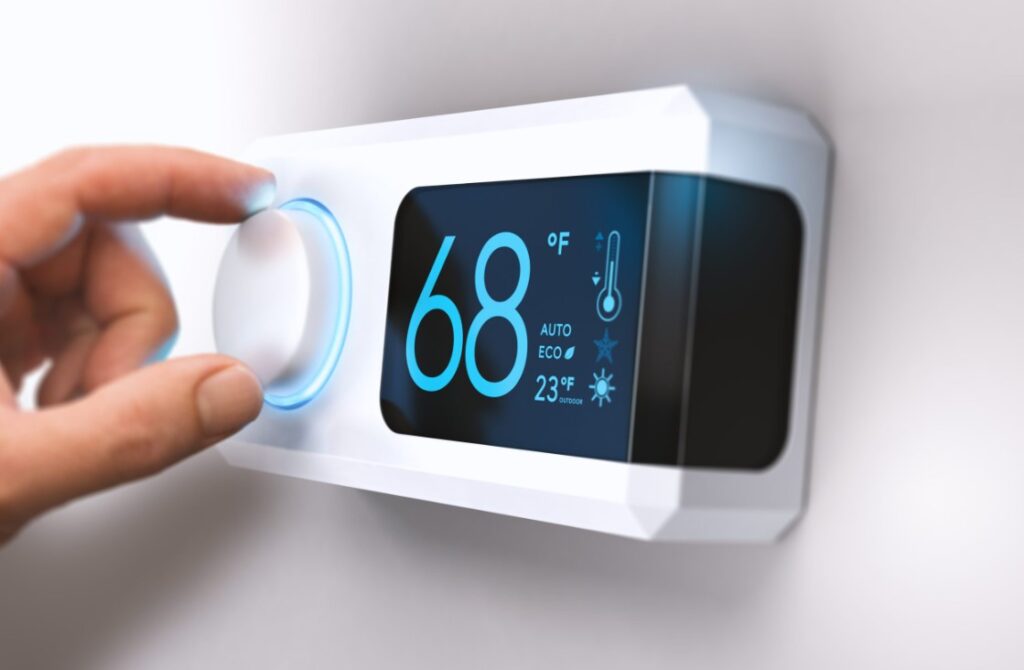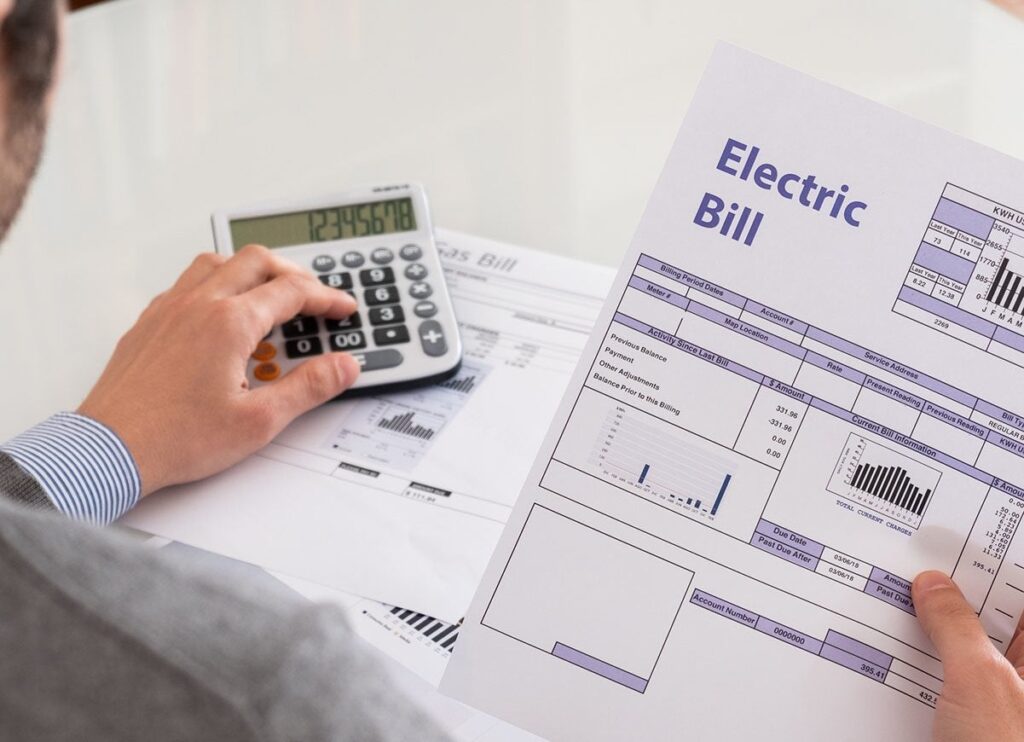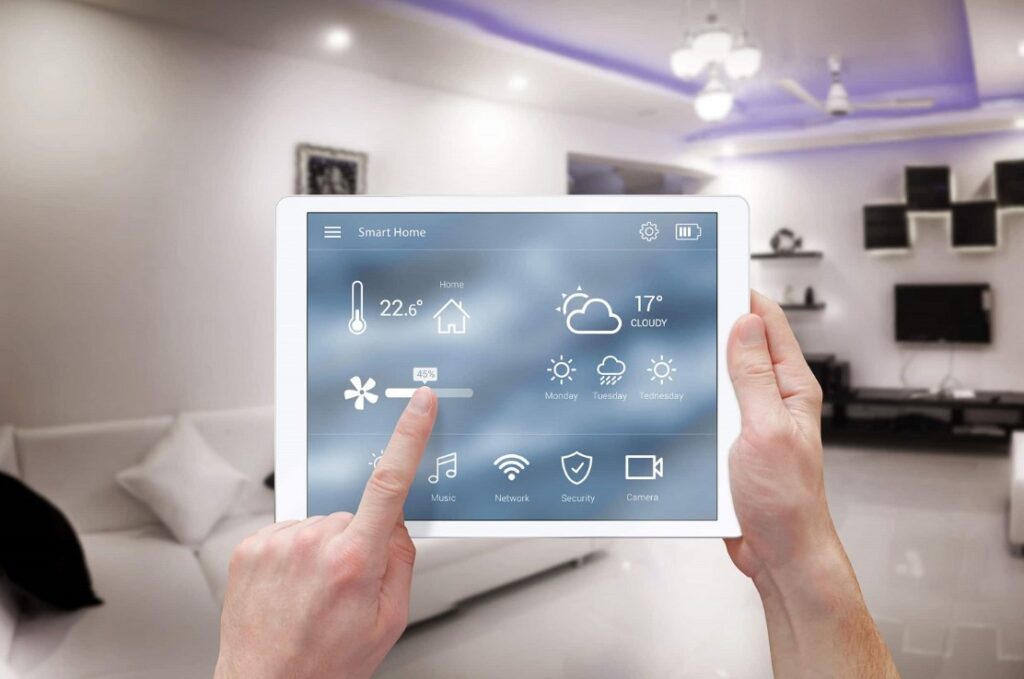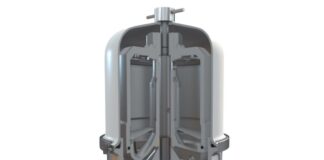
It’s that time of year again when the leaves start to change color and the temperature begins to drop. This can mean one thing for many people: it’s time to start adjusting the thermostat settings! As energy efficient as we’d like to be, there are special considerations that must be made to ensure you’re getting the most bang for your buck through your HVAC systems into the colder months.
Read on for our suggestions on what temperatures you should set your thermostat at this fall. You can also check out Hurliman Heating and its services for an understanding of the maintenance services you can call on during the winter to keep your HVAC systems running properly.
When to turn on your thermostat

As the weather starts to cool down, it’s time to start thinking about turning on your thermostat for the season. But when is the right time to make the switch? If you have a central HVAC system, it’s best to wait until the outdoor temperature has dropped below 60 degrees Fahrenheit. This will help prevent your system from working overtime and driving up your energy bills.
However, if you have a heat pump, you can start using it sooner, as it doesn’t have to work as hard to generate heat. In general, it’s best to err on the side of caution and wait until the temperature has definitely fallen before turning on your heat. Otherwise, you might find yourself sweating it out indoors!
How to set your thermostat for fall temperatures
Fall is a bit of an awkward period where you don’t need your heating system running all the time. Temperatures can vary enough to the point that you can easily keep your system turned off during warmer days. If you have a central HVAC system, you should set the temperature to around 68 degrees Fahrenheit during the day and 55 degrees at night. This will help you stay comfortable while also reducing your energy consumption.
You can also take advantage of the cooler weather by opening your windows and allowing fresh air to circulate through your home. Just be sure to close them again once the temperature starts to drop in the evening. By considering these tips, you can stay comfortable throughout the fall and into winter.
Tips for conserving energy and saving money on your utility bills

If you’re like most people, you’re always looking for ways to save money. But what if we told you that there’s a way to save money and conserve energy at the same time? HVAC systems are responsible for a large portion of your energy consumption, so it’s important to make sure they’re running efficiently. Here are a few tips to help you save money and conserve energy:
- Make sure your HVAC system is properly sized for your home. An HVAC system that’s too small or too large will use more energy than one that’s just right.
- Schedule regular maintenance on your HVAC system. This will help ensure that it’s running as efficiently as possible.
- Regularly replace your air filter. A dirty air filter can block off airflow and cause your HVAC system to work harder than it needs to.
- Upgrade to a programmable thermostat. This will allow you to set different temperatures for different times of day, which can save you money on your energy bill.
FAQs about thermostats and energy efficiency

There are a number of misconceptions about HVAC thermostats and their impact on the environment. Here are some common questions about HVAC thermostats and energy efficiency:
Do HVAC thermostats really save energy?
Yes, HVAC thermostats can save a significant amount of energy if used properly. A study found that programmable thermostats can save businesses an average of 10% on their HVAC energy bills. That’s equivalent to around $1.8 billion in annual energy savings! However, it’s important to note that not all HVAC thermostats are created equal. Some newer models are much more efficient than older models, so it’s important to do your research before purchasing a new thermostat.
What’s the best way to use an HVAC thermostat to save energy?
There are a few different ways to use an HVAC thermostat to save energy. One way is to set the temperature lower when you’re away from home or asleep, and then raise the temperature when you need it. This can be done manually, or you can purchase a programmable thermostat that will do it for you automatically.
Another way to save energy with your HVAC thermostat is to make sure it’s located in a place where it can accurately sense the temperature of the room. Finally, be sure to regularly clean or replace your HVAC system’s air filter. A dirty air filter can restrict airflow and cause your HVAC system to work harder than necessary, leading to higher energy bills.

What’s the difference between an analog and a digital HVAC thermostat?
Analog HVAC thermostats are the traditional dial-type thermometers that most people are familiar with. Digital HVAC thermostats are newer versions that use electronic sensors and displays instead of analog dials. Both types of HVAC thermostats serve the same basic purpose: they allow you to set the temperature of your home or office according to your needs.
However, digital HVAC thermostats typically offer more features and capabilities than analog HVAC thermostats, including better accuracy, easier installation, and more user-friendly controls. As a result, digital HVAC thermostats are becoming increasingly popular among homeowners and businesses.
Conclusion
Depending on where you live, you may need to make some changes so that you can stay comfortable and save money while temperatures are dropping outside. Your thermostat settings should be optimized to ensure you’re able to do so, and we hope that this article has been helpful in understanding how to make the most of it during your indoor time.








